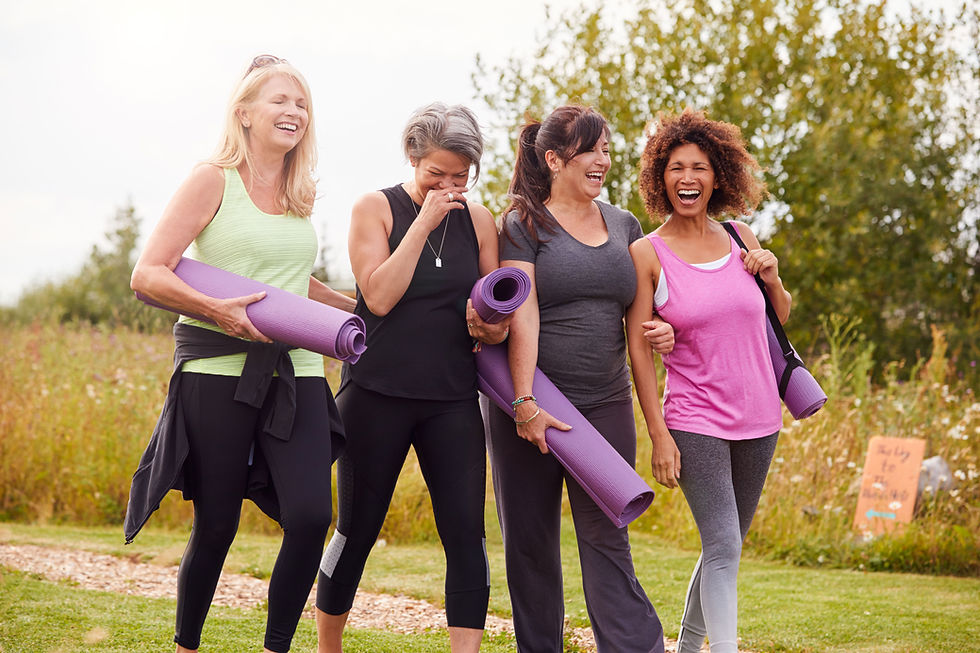How do we practice yoga to prevent injury?
- Jessica Lucey

- Jul 18, 2018
- 2 min read
For some of us, the fine print in the waivers about injury is a very real thing. There's this desire to find healing, but there's also a fear of making things worse. We only have one body. It's not like whenever our neck or shoulder or knee gets injured we can just swap it out for a new one. And even if we could, there's still the rehabilitation that goes along with it. So the question becomes:
How do I practice yoga safely in order to heal and prevent injury?
-Ask for help. Talk to our doctor and find out what you should and should not be doing to your body. Ask about recovery time. Then share that information with your teacher before class. He/she can give you different variations for a pose in order to work within the doctor's guidelines and tell you extra things to look out for during practice.

- Listen to your body. I mean really listen to it. Is it in pain? Is it sore? Does it feel safe? Does it feel powerful or relaxed? You're the only one who can say what type of experience you're having on your mat. Only you can tell if you're experiencing pain or not. Then once you figure it out, act accordingly. If there's pain, come out of the pose --- a little bit, half way, all the way. You're in charge. If you know there's something that continually causes pain or aggravates your injury, don't do it. You can ask the teacher for something else to do in its place.

- Pay attention to the breath. Lots of times we get too caught up on "doing it right" that we forget to breathe. Aside from being the vehicle that moves your energy and intention, the breath is a wonderful indicator for how you're doing in a pose. Try to make the breath long, smooth, and even. If the breath is shallow and jagged, that's a good indicator to back off a pose. Maybe that means not going so deep into it --- like in a forward fold. Maybe that means you need more support --- like bringing the feet down in Navasana (boat pose). It's different in each pose, so refer back to the previous point and listen to your body.

- Take it slow. A great way to really listen to the body and pay attention to the breath is moving slowly. Do each movement with purpose and intention. It might be a little like this:
I'm going to place by foot right there on the mat.
I'm linking my movement with my breath.
I'm checking to see how that felt. Am I safe and supported here?
Go to the next movement or reevaluate how the pose feels if you're holding it.
This whole process can happen in a second; and, like all things, it gets easier with time and practice.

Whether you're injured or not, these practices aren't the easiest things to do, but they're worth the effort in order to prevent injury.
Have you tried any of these things? Let me know how that felt for you in your practice by leaving me a comment below.


Comments